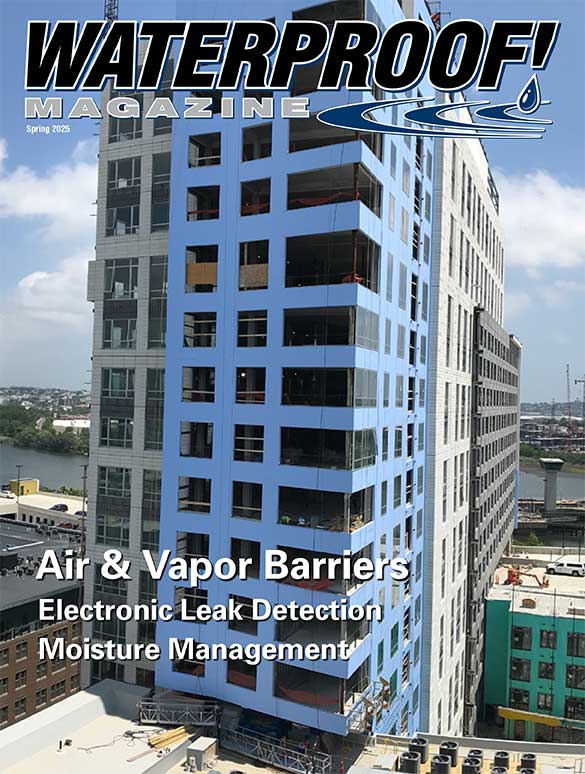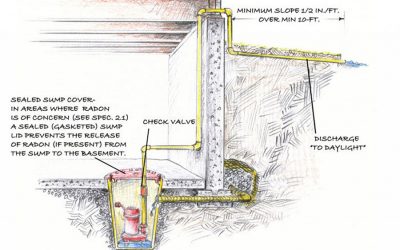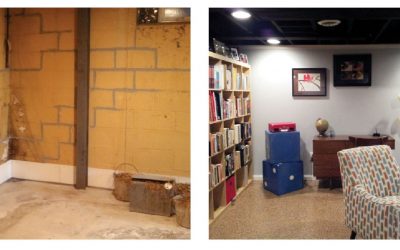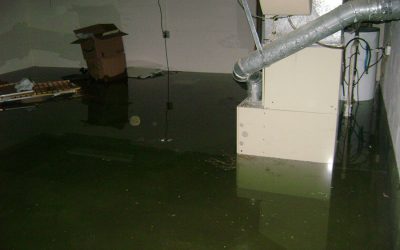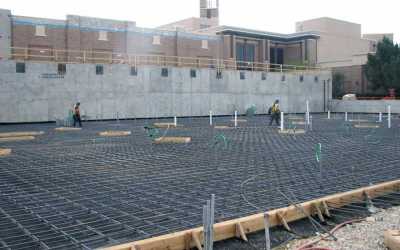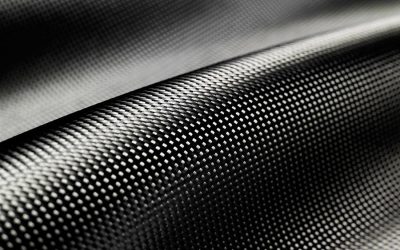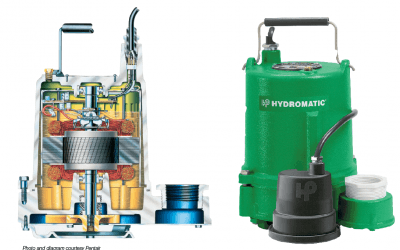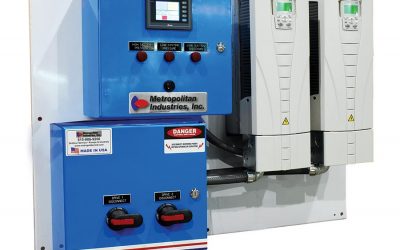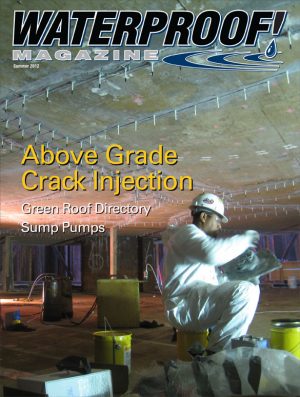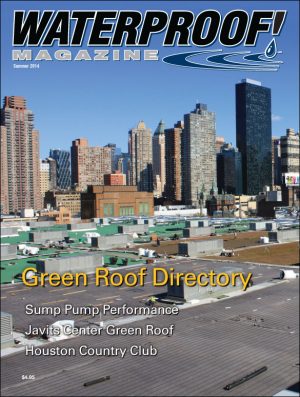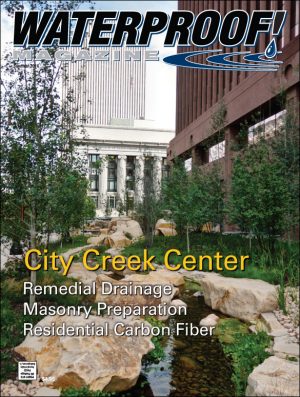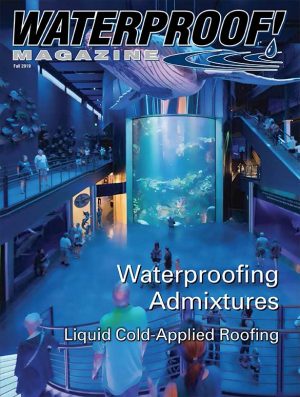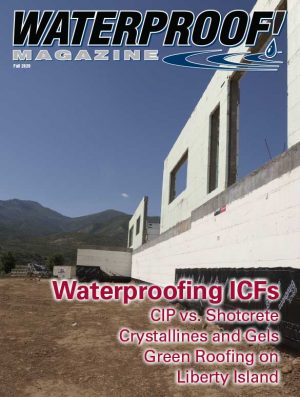Current Issue
The stories and features in the magazine are geared toward hardworking contractors and small business owners who need relevant information, written in plain English, applicable to his business and jobsite.
WATERPROOF! Magazine reaches virtually every segment of the waterproofing industry. Coverage includes:
Residential Below Grade – Spray-applied foundation sealants, self-adhered sheet goods, footing drain tiles, dimple membranes and sump pump systems, crack repair, carbon fiber straps, piering, basement finishing, crawl-space, mold remediation, and moisture management.
Commercial Above and Below Grade – Subway tunnels, wastewater treatment plants, all facets of commercial and industrial waterproofing, underslab barriers, crystalline admixtures, polyurea coatings, curtain grouting, waterstops, blindside, above-grade air barriers, joint sealants and more.
Commercial Roofing – Single-ply, built-up, and ballasted roofing, reflective cool roofing, electronic leak detection, vegetated “green roof” systems, and spray-on coatings.
In the Current Issue:
Residential Below Grade
Backup Sump Pump Systems
Every Homeowner Should Consider this Basic Upgrade By Blake Jeffery Most homeowners understand that they have a primary sump pump in their basement to protect them from flooding. This main pump is usually hard-wired to the home’s electrical system for...
Livable Basements
These before-and-after photos show how proper waterproofing, structural repair, and lighting can transform below-grade living space. An increasing number of homeowners are choosing to upgrade their basements. Whether it’s for use as an in-law apartment,...
Ensuring Sump Pumps Perform
By Ron Greenbaum From time to time, people ask me, “what size sump pump do I need?” Short of pulling out a crystal ball, how can one give an exact answer? Too many variables exist. What if the primary pump fails? What if there is a power outage? What if...
Commercial Above Grade
Green Roof for A Stadium
Adapted from Greenroofs.com For many, summer means baseball. In 2015, the oldest baseball stadium in the U.S., the Boston Red Sox’ home field Fenway Park underwent a major upgrade, including enhanced Wi-Fi and two new 30-foot-high jumbotrons. One of the...
A Watertight Urban Oasis
Renovations of the famed water features at Fountain Place focused on waterproofing with seamless, flexible, chemical and UV resistant coatings. Fountain Place in Dallas, Texas is as well known for its beautiful fountains as it is for the building itself, a...
Options for Underslab Waterproofing
By Ashley Gee Perm Ratings and Puncture Resistance – Striking the Right Balance for Optimum Performance The use of underslab vapor retarders/barriers has long been regarded as an effective, economical way to control moisture migration through concrete. The...
Structural Repairs
Working With Carbon Fiber
Carbon fiber makes basement structural repair easier and more profitable. Whether the job calls for straps, staples, or whole sheets of material, there’s a product on the market to fit your needs. In terms of weight-to-strength ratio, carbon fiber is...
Commercial Grade Sump Pumps Provide the Answer to Flooding
Heavy-duty submersible effluent pumps from Hydromatic demonstrates the high quality components used in commercial-grade equipment: The cutaway at left shows multiple strainer inlets, a bronze impeller mounted on a stainless steel shaft, top and bottom...
Commercial Sump Pump Systems
by Brendan Bates An A to Z guide on best practicesVariable speed controllers, such as this one from Metropolitan Industries, can significantly reduce costs, by reducing the size of the emergency stand-by generator, the sump, and the electrical cost...
Order Back Issues
Showing 25–36 of 72 results


